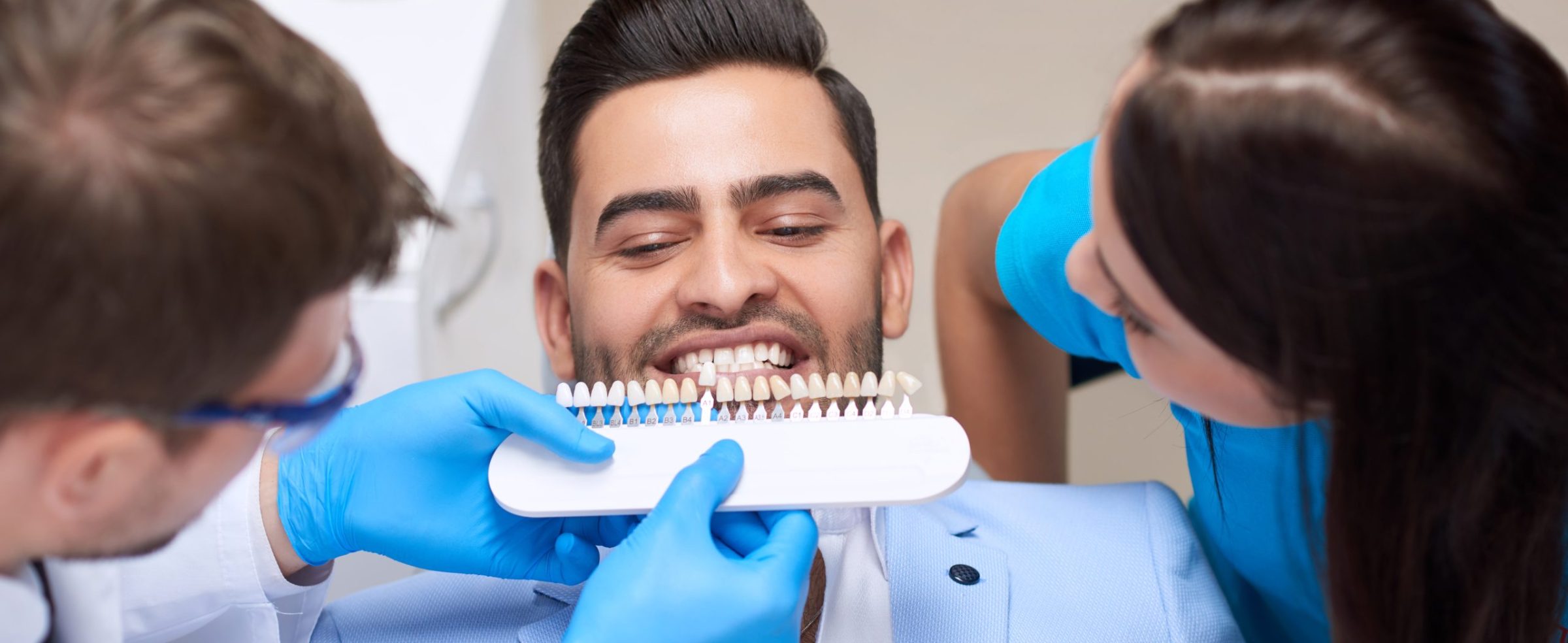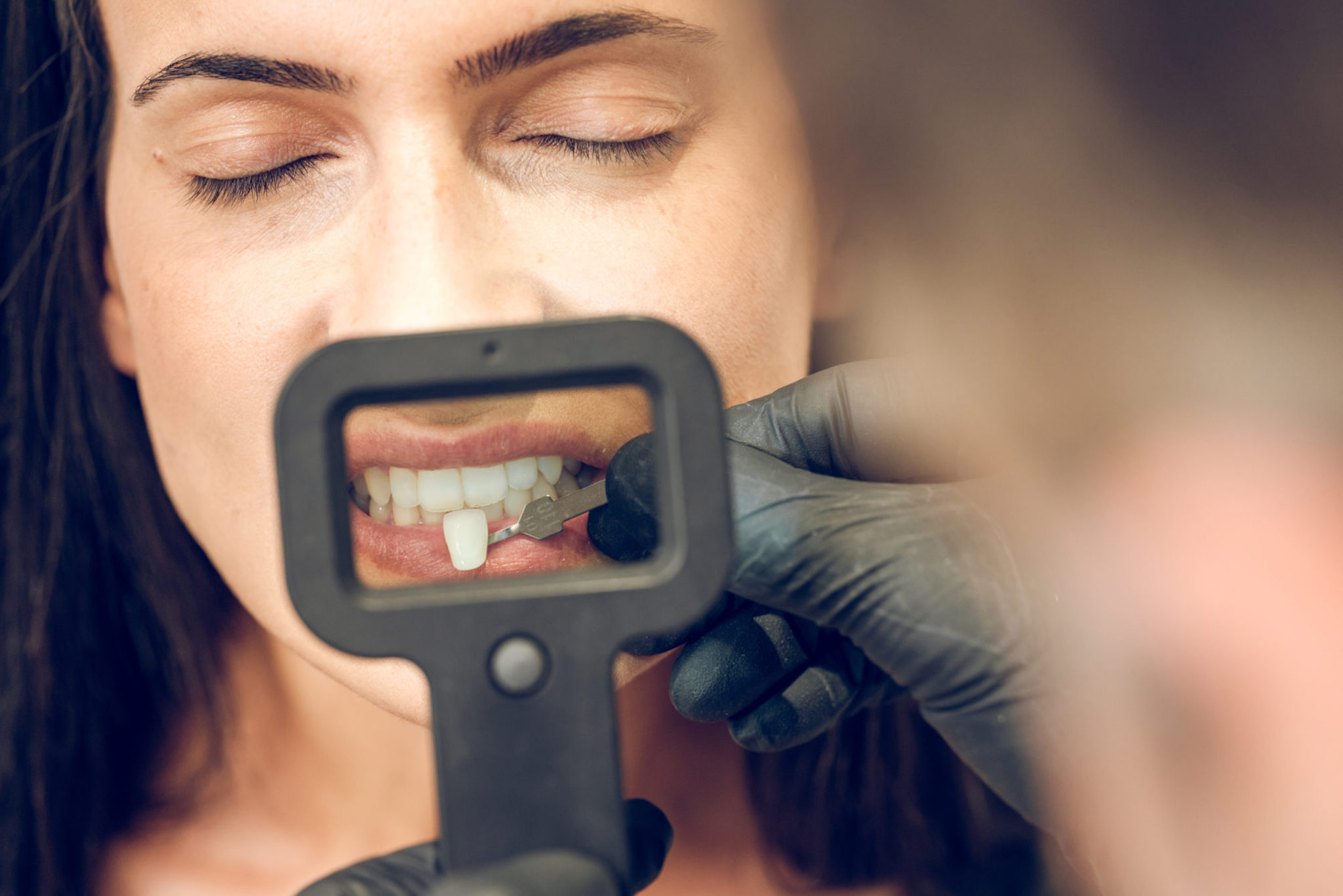These few must-follow guidelines can really make a world of difference in a patient’s smile. The goal is for the end-result to look as natural as possible, and utilizing these methods is a great way to avoid undesired results.
Bleaching Patients
If a patient has been bleaching, then schedule the final shade appointment at least two weeks after the last bleaching treatment. The reason for this is that teeth may be cloudy-white for a time after bleaching, and become more translucent after two weeks. Understandably, these changes could have an undesirable effect on the final shade match of the restoration. Additionally, when a drastic color change is noticed after bleaching, the color of the teeth can rebound slightly, back to the original shade.
Two weeks may not be enough time for those patients experiencing drastic color changes from heavy bleaching. It is important that the shade of the teeth be stable for the final shade appointment to ensure the best color and aesthetic result for the dental restoration.
Bright Colors Affect Shade
It is imperative to eliminate sources of reflected, colored light. A patient will always need to remove lipstick before a shade is taken. Neither patient nor personnel in the shade-taking area should be wearing bright-colored clothing. If a patient is wearing colored clothing, you can cover it with a light blue sheet or smock. Make sure there are no other bright colors in the proximity of the shade-taking area. Also, bright-colored walls or furniture will reflect colored light and affect the accuracy of your shade and/or photograph.
Hydrate Teeth
Teeth must be hydrated to match the shade. It is best to take the tooth shade before preparation. After preparation, shades can be adversely affected by tooth dehydration. To understand hydration and its effects on shade matching, you must understand that the dentin layer is primarily responsible for the chroma of a patient’s natural tooth. Since the layer of enamel varies the appearance of the chromatic dentin layer through the scattering of light—if the light is more scattered, the enamel appears more translucent. If light scattering is reduced, the enamel appears more opaque, resulting in the chromatic layer of dentin being masked.
Shade Tab System
We have found this system offers a precise evaluation of shade. It provides a systematic arrangement of virtually all existing tooth shades, including bleached shades. Selecting a shade with the Vident 3D-Master is a 3-step process of making simplified choices of value first, then chroma, and finally, hue.






